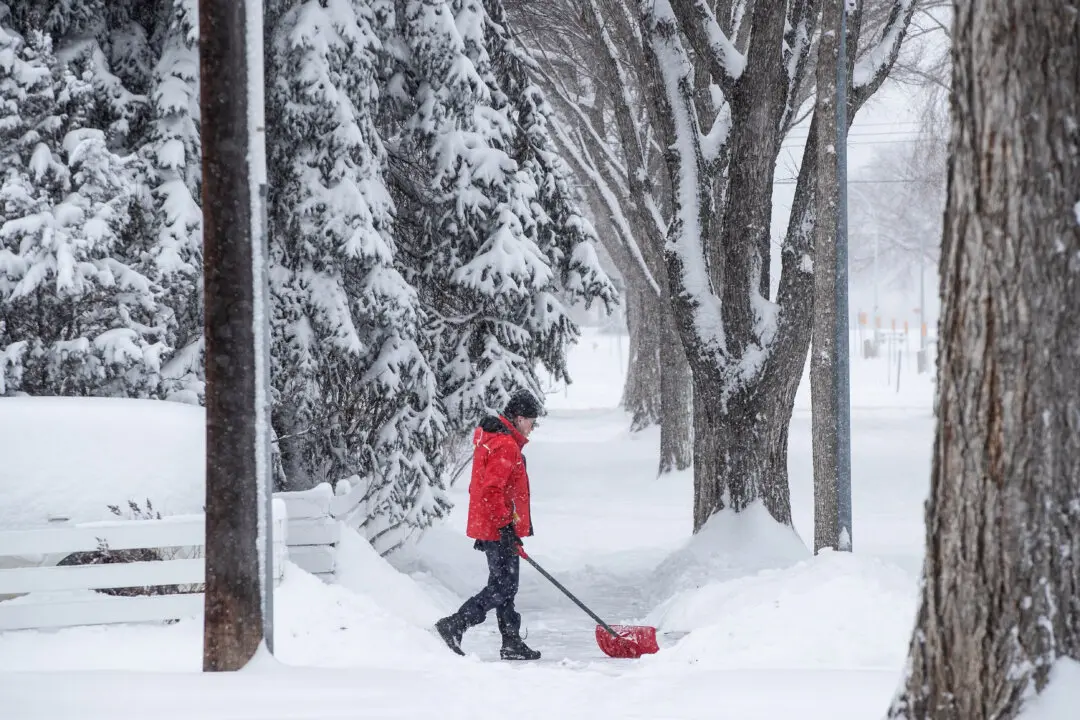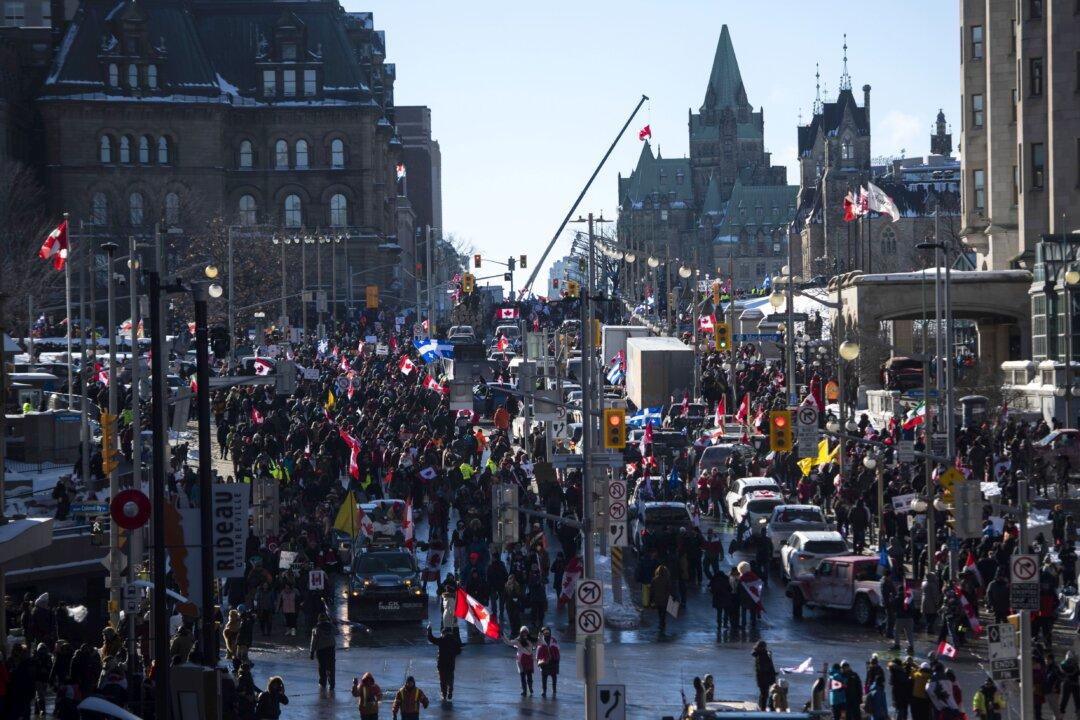Canadians across the country will have a chance to see a partial eclipse of the harvest supermoon on Sept. 17.
A lunar eclipse happens when Earth is positioned between the moon and the sun, creating a shadow on the moon. The moon may also turn red for several hours as a result of the alignment, NASA said.





